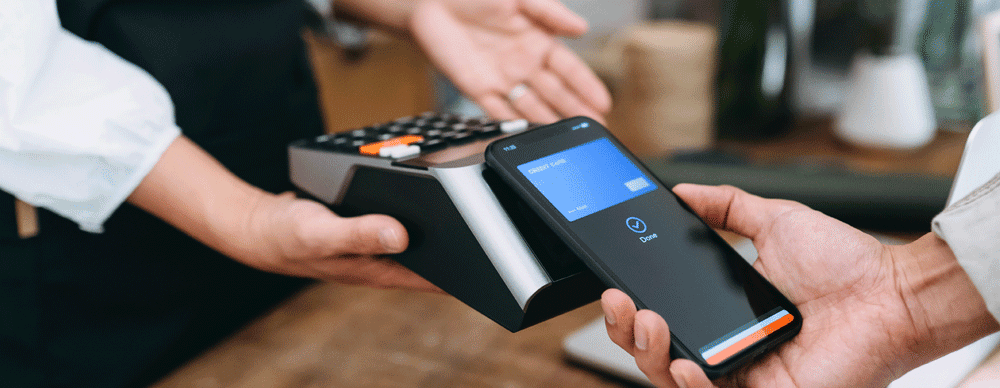Retailers are increasing their IT budgets and allotting a bigger portion of those budgets to innovation. They are investing in cloud-based and automation solutions to replace aging technology to meet customer demand for omnichannel experiences and cope with a severe labor shortage.
Five years ago, according to IHL, retailers were spending less than 20% of their IT budgets on innovation. Currently, the innovation share of the budget is as high as 40% in some sectors, specifically general merchandise stores (GMS) and hospitality, a recent IHL report reveals.
Retailers with sales growth of more than 10%, defined as “winners” in the report, are spending more on IT than those with lower growth. The winners also are allocating more of that spend to innovations such as updated POS systems and automated cash handling, localized marketing, and mobile devices for managers.

“Winning retailers are 67% more likely than below-average retailers to have fully optimized their Buy Online-Ship from Warehouse channels,” the report says. “They are 39% more likely to have optimized BOPIS/Click and Collect systems and processes, and 120% more likely to have optimized Buy Online for Local Delivery than below-average retailers.”
Pandemic Lessons
Not surprisingly, lessons learned by retailers during the pandemic are a major factor in IT investment decisions. Retailers recognize the industry has fundamentally changed in the last two years, requiring them to adapt. Areas of investment, according to Gartner, include touchless interaction, fulfillment execution, cost optimization, and employee enablement and effectiveness. Automated cash handling systems are a major part of facilitating touchless interactions with the large amount of customers who prefer to pay with cash.
As retailers make investment decisions, they no longer can choose to focus on digital or in-store shopping. “Consumers want both,” IHL says. “Both are here to stay, and retailers must invest in technologies to make all of these journeys profitable on their own.”

Areas of major investment involve order fulfillment. Winning retailers are increasing the amount they spend on managing local inventory to fulfill ecommerce orders at a rate of 411%, IHL says. In the next two years, they will deploy robotics in inventory operations at a growth rate of 600%.
This aggressive spending has a twofold purpose – meet demand for omnichannel strategies and fill staffing gaps caused by the labor shortage. IHL posits that retail`s labor woes resulted from a worker shift to supply chain and delivery jobs. Lack of new technology like mobile POS, improved cash management, and automated cash handling systems have also played a part.
During the pandemic, the report says, “close to 4 million workers began working in warehouse and delivery positions in companies such as UberEATS, DoorDash, Amazon, Postmates, instead of in stores. This created a massive labor shortage for front-end retail positions.”
Technology Drag
One area that separates winning retailers from those with average growth is technology. Retailers with older systems that are costly to maintain spend more of their IT budgets on running those systems than on innovation, however investments in technology like mobile POS systems and automated cash handling can help reduce the amount of in-store labor needed.

“Retailers overall report that 63% of their IT budgets are spent just to keep the lights on for the existing systems,” the report says.
To better compete in the new normal, those retailers need to invest in innovation and transformation. For some, it could be small investments in mobile POS systems, cash management and automated cash handling, while for others it may require bigger integration solutions and automation projects.
As Kelsie Marian, a senior research director at Gartner, wrote in RetailDive article, retailers should be “capitalizing on the momentum of transformational activities to build and maintain the flexibility that is demanded of doing business today. For the foreseeable future, changes in consumer behavior will have a greater impact on value in retail than any other single factor.”

